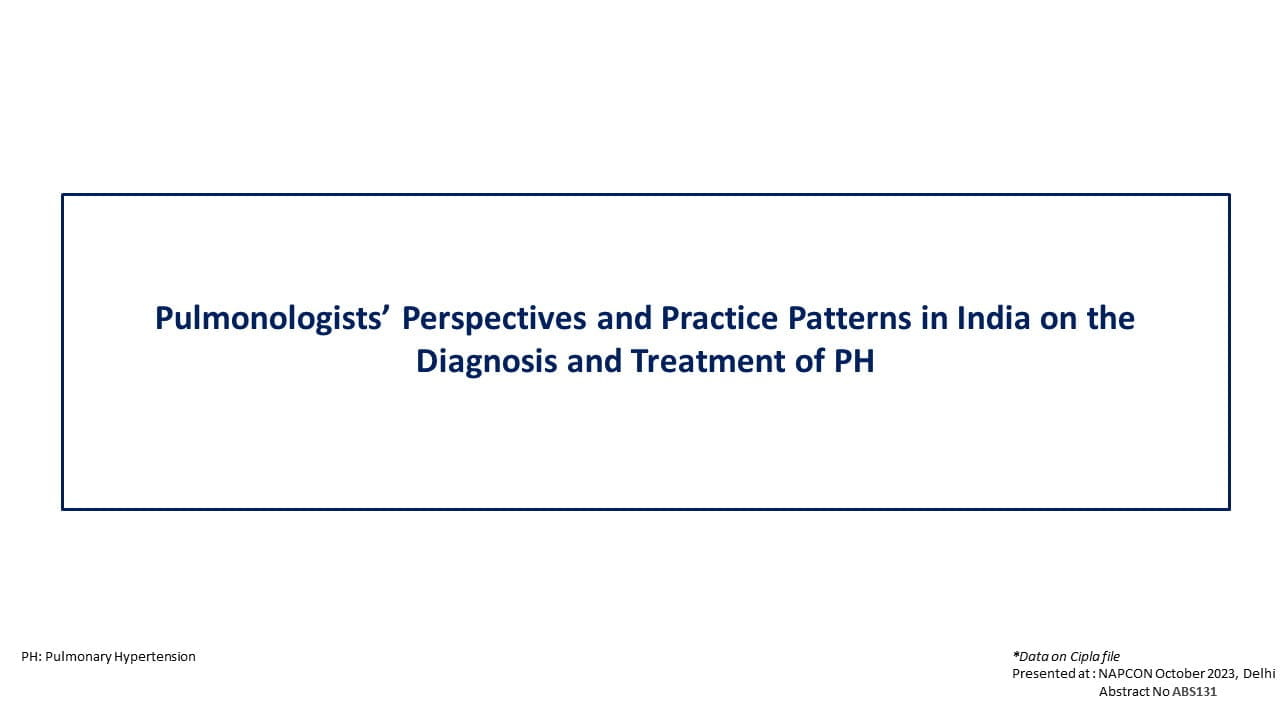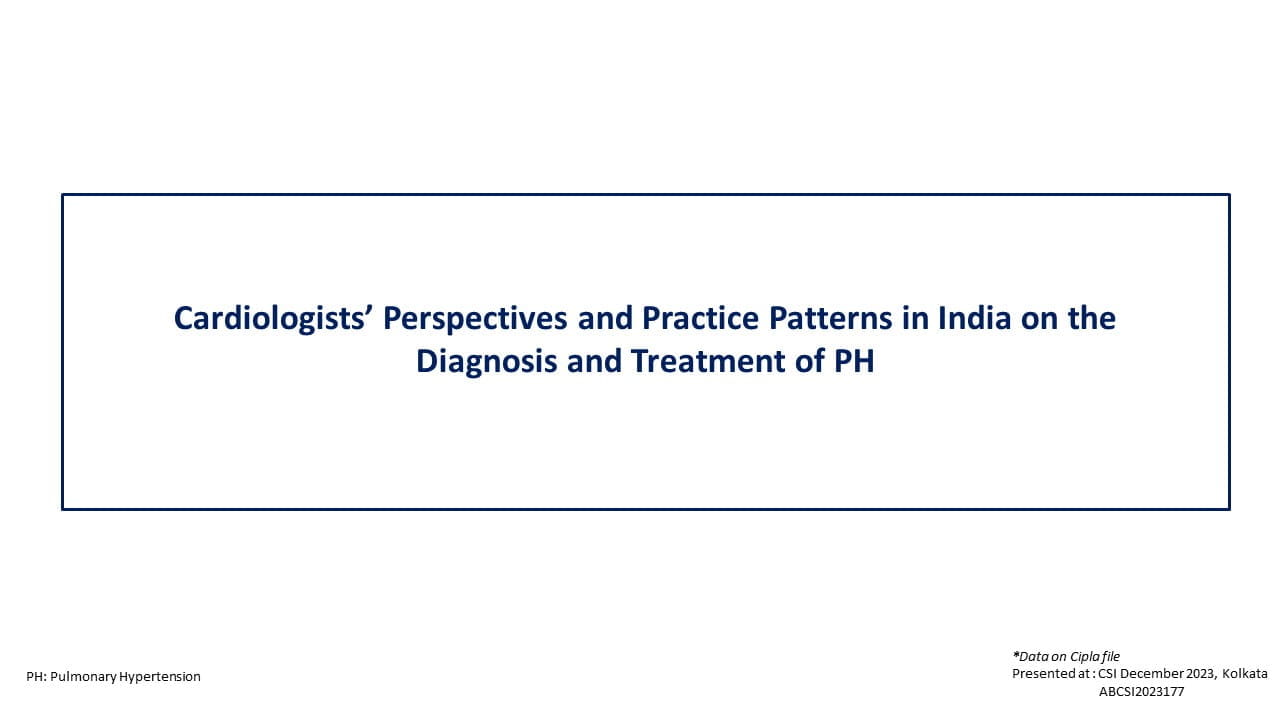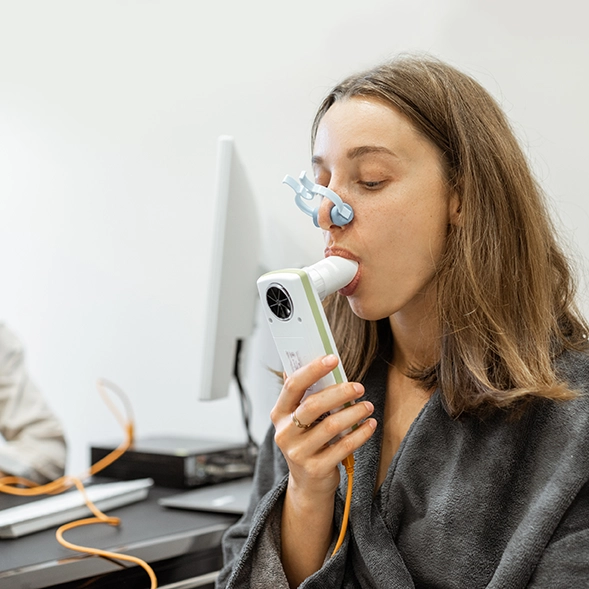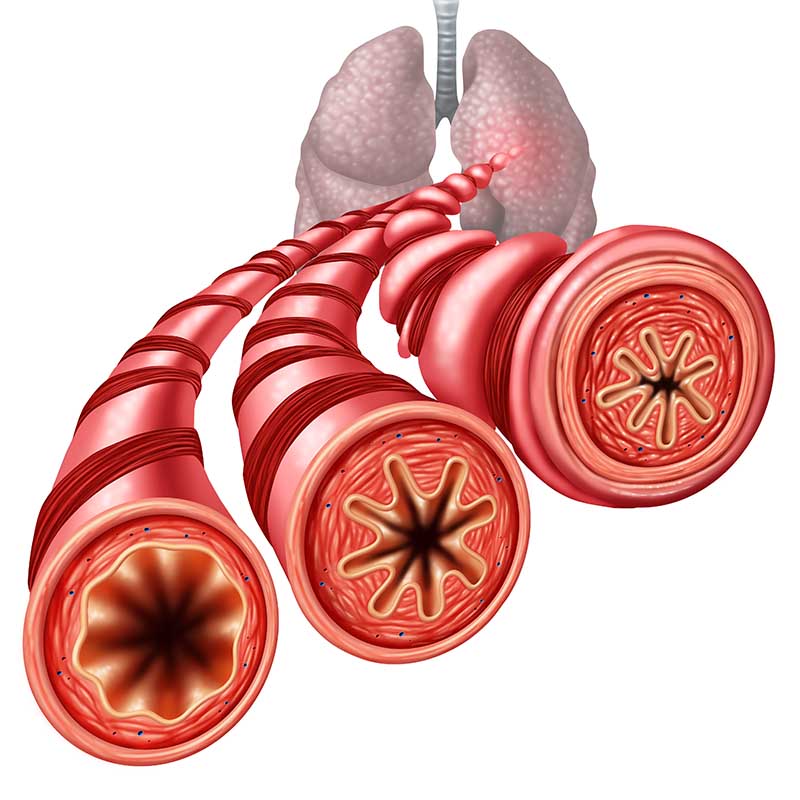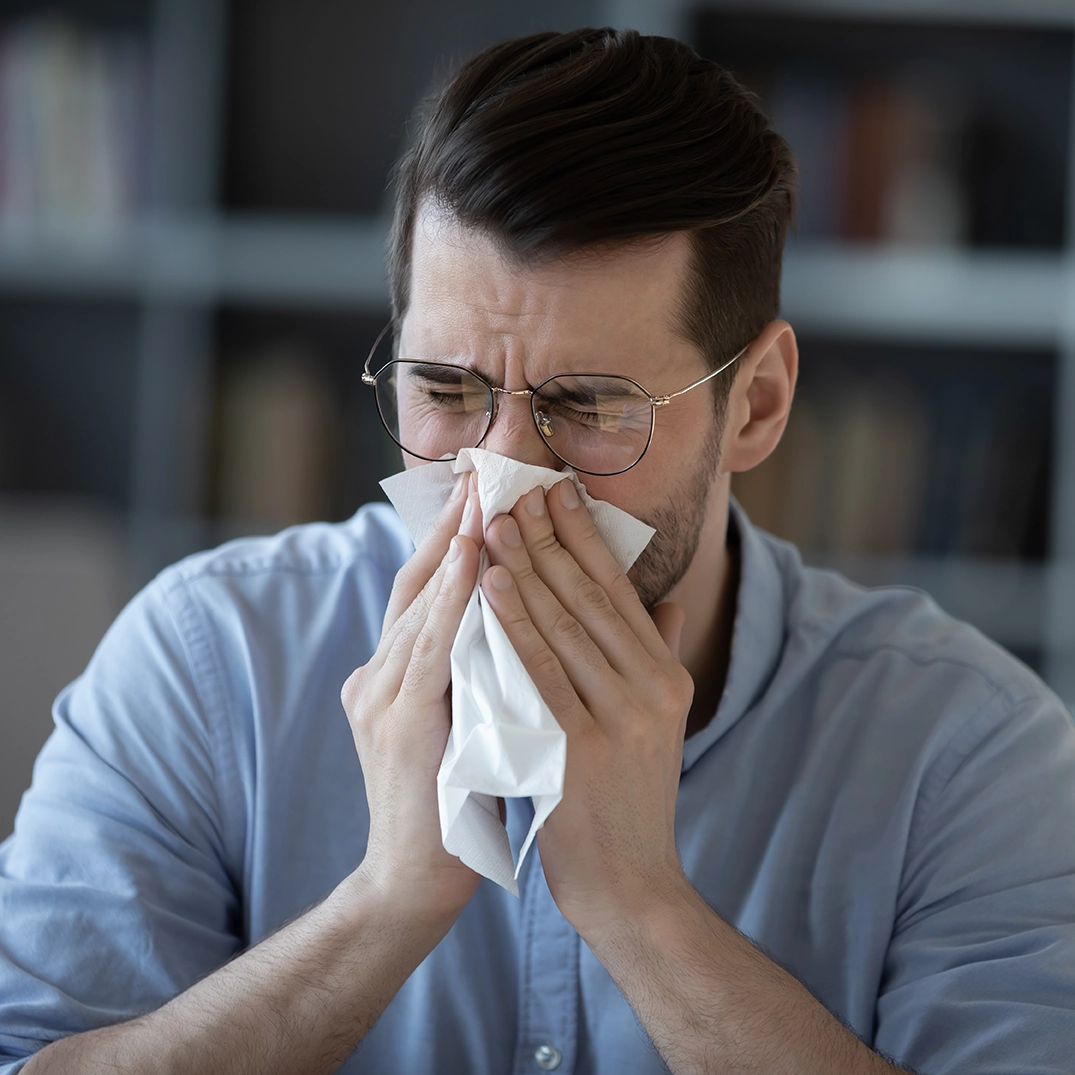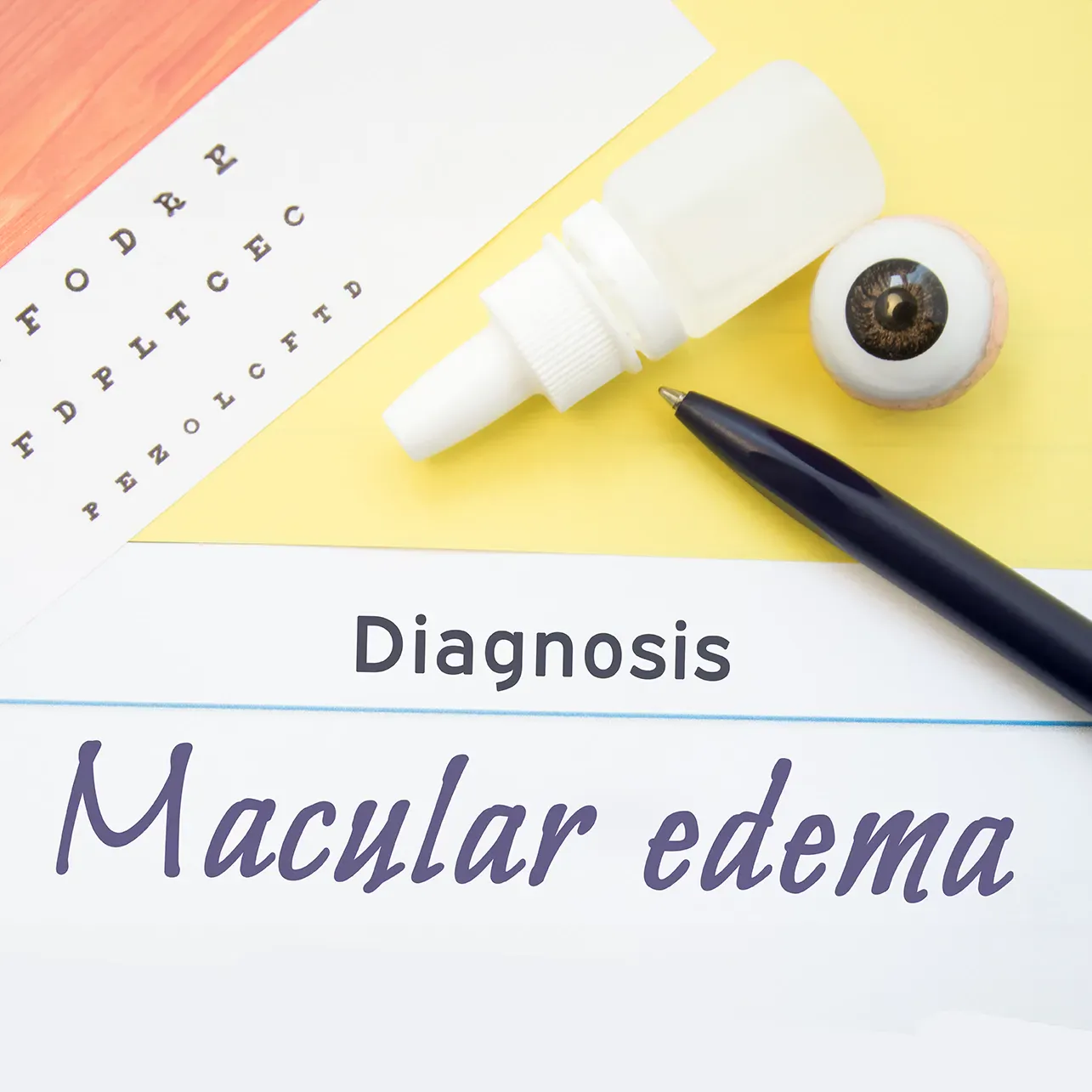Introduction
The prevalence of allergic rhinitis (AR) is significant and can be classified as mild and moderate to severe. Moderate-to-severe AR can cause troublesome symptoms and impair the quality of life. A newer classification system classifies AR into intermittent and persistent AR based on the duration of the symptoms. The physician must decide the pharmacological regimen based on the category of AR. Various pharmacological drugs are used in the management of AR; however, corticosteroids and antihistamines are the commonly used class of drugs.
Aim
To compare the efficacy of intranasal corticosteroids alone with the combination of intranasal antihistamine sprays in patients with AR and evaluate the improvement in quality of life after treatment
Method
Study Design
- Prospective, non-randomized, observational and longitudinal study
Patient Profile
- Males and females aged 18-45 years with confirmed diagnosis of AR
Treatment Strategy
- A total of 100 eligible patients were allocated to 2 groups of 50 each based on the physicians’ preference
- Group A: Two sprays of 50 mcg fluticasone propionate each in each nostril once daily; total dose of 200 mcg for 4 weeks
- Group B: One spray of 140 mcg of azelastine hydrochloride and 50 mcg fluticasone propionate in each nostril twice daily; total dose of 560 mcg azelastine hydrochloride and 200 mcg fluticasone propionate for 4 weeks
- Severity of symptoms was assessed using TNSS and quality of life using self-administered mini-RQLQ before and after treatment
Endpoints
- Total Nasal Symptom Score (TNSS)
- Mini Rhinoconjunctivitis Quality of Life Questionnaire (MiniRQLQ) score
Results
- The outcomes were evaluated after 2 weeks and 4 weeks of medication on the basis of TNSS and MiniRQLQ score
- AR was found to be more common in the younger age group; 27-35 years of age
- Both the groups showed a significant reduction in TNSS
- Group B demonstrated a higher percentage of improvement in the TNSS
- Improvement at 2 weeks and 4 weeks was better in group B with respect to rhinorrhea, nasal obstruction and sneezing
- In group A, the mean percentage improvement in MiniRQLQ score was 14% (0 weeks to 2 weeks) and 4% (2 weeks to 4 weeks) compared to 29% and 23% in group B respectively
Conclusion
- Combination of corticosteroid and antihistamine nasal spray significantly improves the symptoms and quality of life in patients with allergic rhinitis and can be recommended as first line of treatment for AR.
J Otorhinolaryngol Allied Sci 2022;5(3):72-78.


